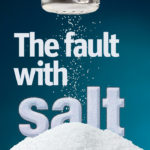TORONTO — Many people admit they reach for the salt shaker too often but it is the hidden sodium in the average diet that is more risky. “The salt shaker on average only contributes 10 percent of the sodium. It is what is already in the food you are ordering that you can’t touch. That […] Read more
 Markets
Markets

The end of fake calamari
In some parts of the world — maybe even this part, on occasion — the “beef” on your plate might be meat from rats, dogs, horses or camels. High-quality beef is expensive so it can be lucrative to misrepresent high-end meat by substituting a cheaper product or ingredient. In addition to being illegal, it reduces […] Read more
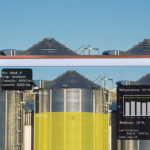
Holograms leap from video games to fields
Augmented reality technology developed to help farmers compare crop conditions and review spray applications
Augmented reality (AR) will soon be used on Canadian farms to help producers make sense and manage their data. AR is the overlaying of digital information over the real world, and is already widely used in with video games such as Pokemon. Farmers will soon be able to look through a pair of AR capable […] Read more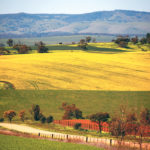
Aussie hesitation on GM canola a costly mistake
Researchers say Australia’s decision to delay seeding GM canola had negative economic and environmental implications
Australia’s decision to delay the adoption of genetically modified canola cost farmers money but more significantly cost the environment, found a study by Canadian and Australian researchers released earlier this year. Stuart Smyth and Scott Biden from the University of Saskatchewan and David Hudson from SGA Solutions in Melbourne, Australia, used Canadian GM canola data […] Read more
Canola carves new role in cutting poly-pollution
In late November, Ben Lecomte abandoned his attempt to swim across the Pacific Ocean. The 51-year-old Frenchman began his swim in June and covered 2,700 kilometres of the 9,100 km journey, in an effort to raise awareness about plastic accumulating in the world’s oceans. Lecomte swam through an area known as the “Great Pacific Garbage […] Read more
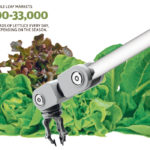
Robot-raised lettuce
COALDALE, Alta. — At first, people thought the massive greenhouse being built east of this southern Alberta town was destined for marijuana production. The timing seemed right, 18 months ago, when talk was rampant about cannabis legalization. Today, an estimated one million plants flourish under 5.5 acres of glass. They are lettuce plants — leafy, […] Read more
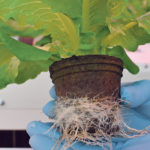
A houseplant you can eat
COALDALE, Alta. — What to do with that living lettuce purchased with its roots attached? Treat it like a houseplant, of course — a houseplant whose leaves you can eat. The 20,000 heads of lettuce produced daily at Whole Leaf greenhouse all come with roots attached, a method of ensuring freshness. “It does last longer,” […] Read more
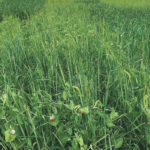
Intercropping research explores benefits, downsides
More and more prairie producers are showing an interest in intercropping, the practice of growing two or more crops together in the same field. What crops grow well together and under which circumstances are still being determined by a growing number of research projects across the Prairies. In 2015, Saskatchewan Agriculture planted a pea-cereal intercrop […] Read more
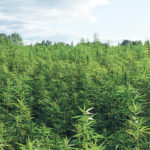
The hazards of harvesting hemp
THC
Legalization of cannabis for recreational use has made way for a cannabidiol (CBD) industry to take root in Canada. There is currently more demand for this cannabis extract than supply, which means it could be lucrative for at least a few growing seasons before supply catches up. The problem is that little is known about […] Read more
Small efforts can make a big impact on public opinion
Canadian agriculture can do little to combat greenhouse gases on worldwide scale, but it can take some steps
Canada’s agriculture industry cannot save the planet. About 8.5 to 10 percent of Canada’s greenhouse gas emissions come from farming, depending on the method of counting, and agriculture produces 60 million tonnes in carbon dioxide equivalents, based on federal government data. In comparison, China produces about nine billion tonnes annually. If Canadian farmers reduced their […] Read more


 Markets
Markets